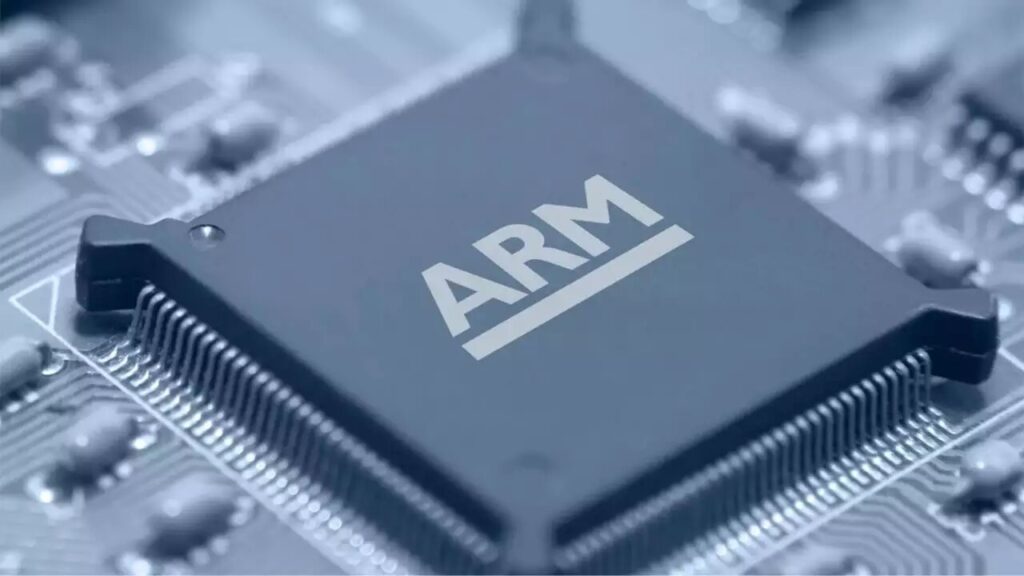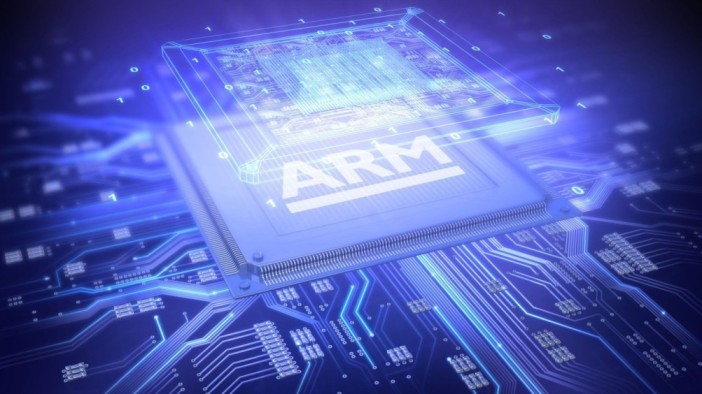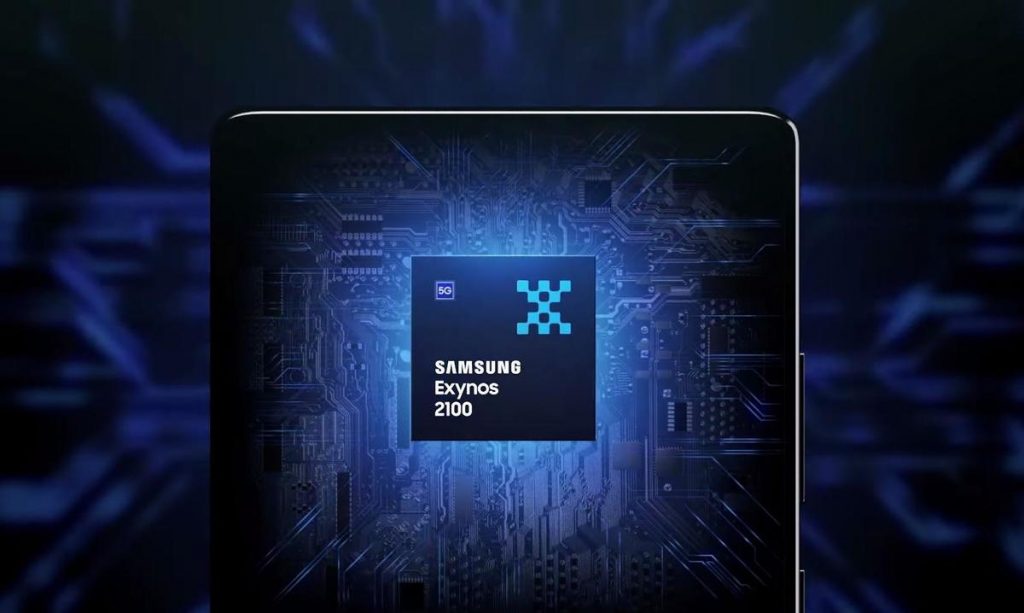Chipmaker Arm to make its own semiconductor
Arm, a company acquired by SoftBank, is creating its own chip to demonstrate the possibilities of its ideas as it looks to expand after a successful IPO subsequently this year.
According to those informed on the development, the corporation will collaborate with manufacturing companies to produce the new chip. They define it as one of the most sophisticated chipmaking endeavours the Cambridge-based organisation has ever undergone.

The initiative comes as SoftBank works to increase Arm’s revenue and draw investment to a planned IPO on the Nasdaq stock exchange within New York.
Also Read: SAP reports revenue growth in Q1
Instead of engaging directly in the design and development of semiconductors, the corporation typically gives its architectural designs to chip producers.
It is hoped that the prototype will enable it to show the larger market, the strength and potential of its concepts.
With partners like Samsung & Taiwan Semiconductor Manufacturing Corp., Arm has already developed several test chips, mostly to help software developers become more acquainted with the latest developments.
However, other business leaders told the Financial Times that the company’s most recent chip, on which it only recently began working, is “more advanced” than anything else. According to them, Arm has also established a bigger team to start this project and is focused on chip manufacturers rather than software developers while developing the product.
As insiders informed on the plan, the business has established a brand-new “solutions engineering” division that will oversee the manufacturing of these initial prototype processors for mobile phones, laptops, and various other gadgets.
A veteran of the chip business Kevork Kechichian, who entered Arm’s core executive division in the month of February, is in charge of the solutions engineering division. Before joining Qualcomm, he worked with chipmakers NXP Semiconductors & NXP Semiconductors, where he oversaw the creation of Qualcomm’s flagship Snapdragon processor.
The group will also broaden Arm’s current initiatives to improve design performance as well as safety and to increase access for developers to its devices.
Also Read: Meta lays off tech teams, battering employee morale
Rumours regarding Arm’s chip-making activities have raised concerns in the semiconductor sector that, if it produces a high-quality chip, it could attempt to promote it in the years to come and so challenge some of its biggest clients, like MediaTek or Qualcomm.
According to those close to Arm, the company is just developing a prototype and has no ambitions to put it on the market or licence the creation. Arm chose not to respond.

I am a student pursuing my bachelor’s in information technology. I have a interest in writing so, I am working a freelance content writer because I enjoy writing. I also write poetries. I believe in the quote by anne frank “paper has more patience than person







